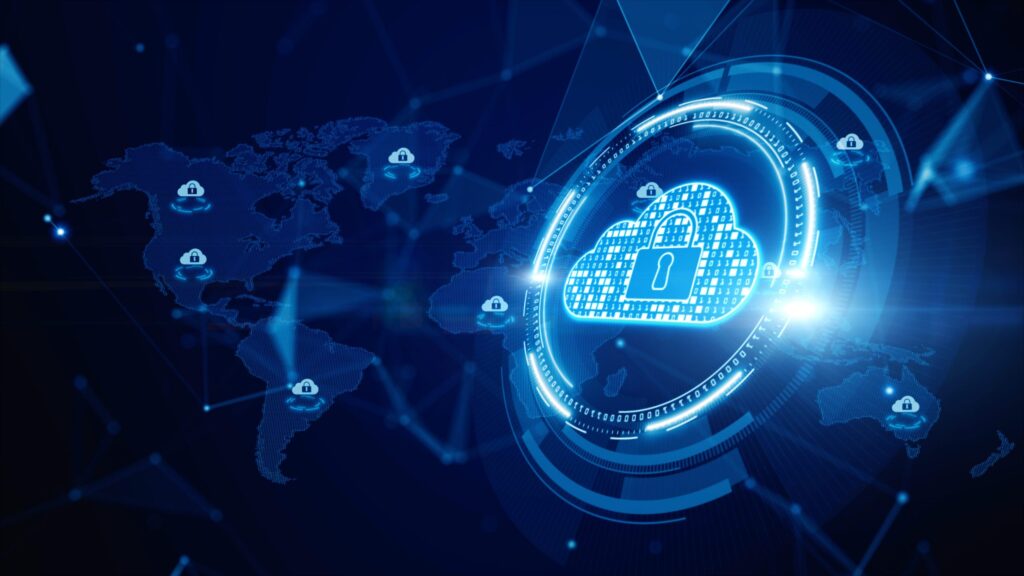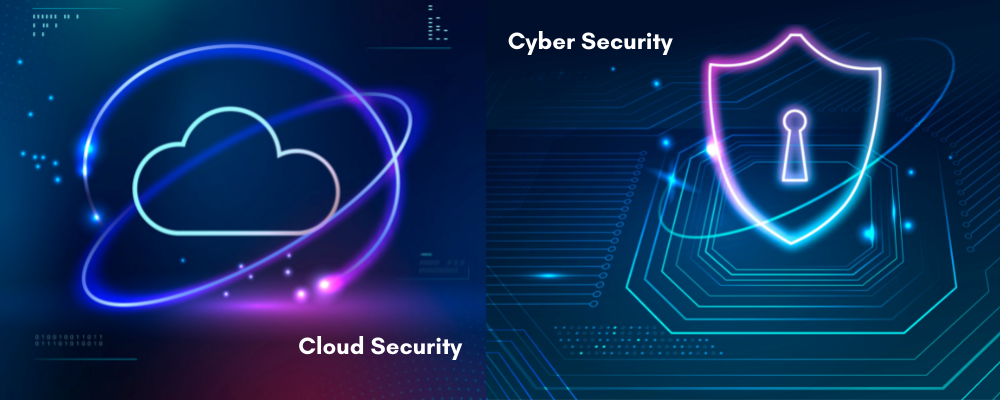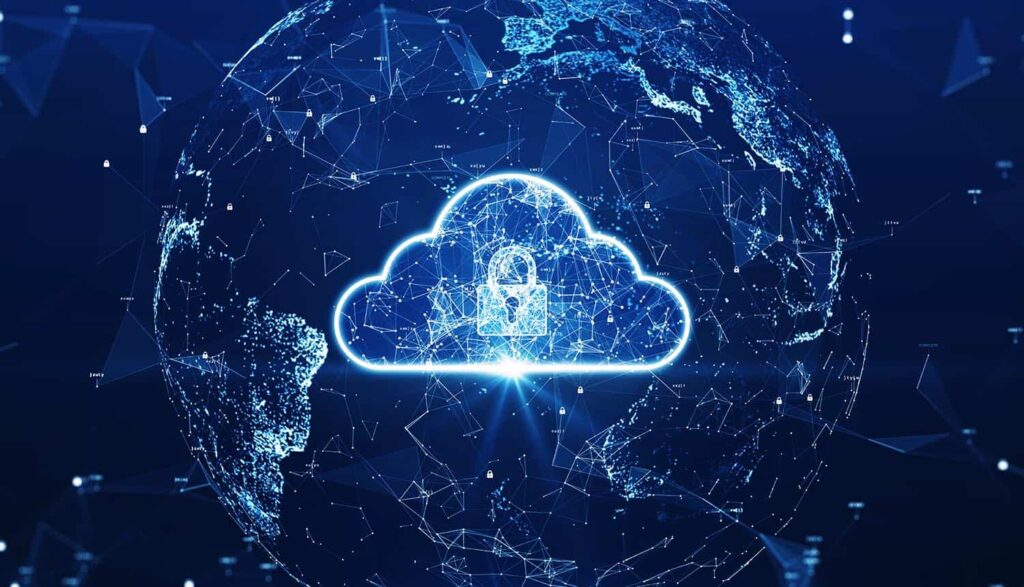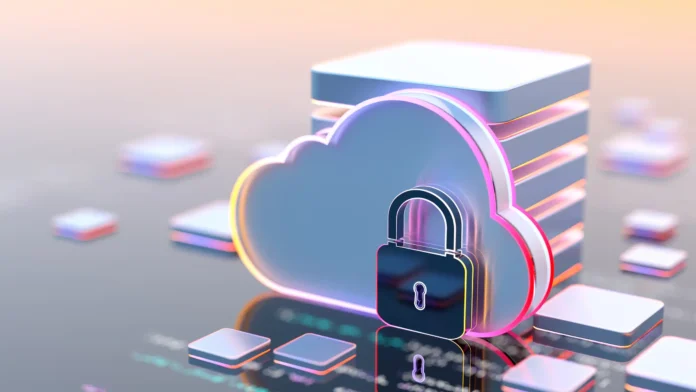Security Security for cloud computing is a set of protocols and tools created to combat the external and internal threats that threaten security of business. Cloud security is essential for organizations as they work towards the digital transformation process and integrate cloud-based applications and services in their security infrastructure.
Digital transformation as well as cloud migration were often used in business contexts in recent times. Although both terms can have different meanings to different organisations, both are motivated by the same common factor that is change.
While enterprises take on these new concepts and work towards optimizing their approach to operations they face new challenges as they attempt to balance productivity with security. Although more sophisticated technologies can help enterprises to develop capabilities that are not within the limitations of an on-premise infrastructure, moving to cloud-based infrastructures can come with many implications if it is not performed in a safe manner.
“The “cloud“ or, more specifically “cloud computing” refers to the method of accessing resources like databases, software and programs through the internet, outside the limitations of physical restrictions on local hardware. The cloud computing technology allows organizations to be flexible in scaling their business operations, through the transfer of a part, or the majority of their infrastructure administration to the hosting services of third parties.

Most popular and widely used cloud computing solutions
- IaaS (Infrastructure-as-a-Service): Offers a hybrid approach, which allows organizations to manage some of their data and applications on-premises. In the meantime the cloud service providers to handle networking, servers, hardware as well as storage and virtualization needs.
- PaaS (Platform-as-a-Service): Gives organizations the ability to streamline their application development and delivery. This can be achieved by offering an app framework custom designed to automates the management of operating systems, software upgrades as well as the infrastructure for storage on the cloud.
- SaaS (Software-as-a-Service): Provides cloud-based software hosted online and typically available on a subscription basis. Third party providers handle all technical concerns, like middleware, data servers, storage and middleware. This arrangement helps reduce IT expenses and also reduce maintenance and support costs.
What is the reason cloud security is vital?
Today, in modern enterprises, there is a steady shift towards cloud-based systems as well as IaaS, Paas or SaaS computing models. The ever-changing nature of infrastructure management, specifically the ability to scale applications and services could pose a range of difficulties for companies when properly resourcing their departments. The as-a-service models offer companies the opportunity to delegate all of the lengthy IT-related chores.
As businesses continue to shift towards cloud computing, recognizing the security needs to ensure secure data is becoming more important. Although third-party cloud computing companies could be responsible for the administration of their infrastructure, the obligation for security of the data assets and responsibility doesn’t have to change with the shift.
Most cloud service providers adhere to the best security methods and implement proactive steps to ensure the security of servers. But, companies must consider their own security concerns regarding the security of data, apps and the workloads that run on cloud.
Security threats are becoming more sophisticated in the digital world that continues to change. They specifically focus on cloud computing companies due to an organisation’s general inadequate visibility into the movement and access of data. If they don’t take proactive steps to enhance their cloud security businesses could face serious security and governance risks while handling client data regardless of the location the data is kept.
Cloud security is a major topic of discussions whatever the size and scope of your company. Cloud infrastructure can be used to support nearly every aspect of modern computing throughout every industry and in a variety of industries.
But, a successful adoption of cloud is contingent on the implementation of sufficient security measures to protect against contemporary cyber-attacks. No matter if your company has a public or hybrid, or private cloud the cloud security products as well as best practices are an absolute requirement to maintain the continuity of your business.

Security Challenges
Invisibility issues
It’s easy to get lost of where your information is used and who has access to it because many cloud services can be accessed through corporations’ networks, and also by other third-party.
Multitenancy
Clouds hosted by public cloud providers house numerous clients’ infrastructures that are under one under the same umbrella. Therefore, there is a chance that the services you host could be damaged by malicious attackers, in the form of collateral damage while targeting different businesses.
Shadow and access management IT
Although enterprises might be in a position to effectively limit access points to on-premise systems, implementing these exact limits isn’t easy when working in cloud environments. It can pose a risk when companies don’t implement bring-your own device (BYOD) guidelines and permit users to access cloud services without filtering on any device and from any geolocation.
Compliance
Compliance management for regulatory compliance is frequently an area of confusion when enterprises use hybrid or public cloud. The overall responsibility for security and privacy of data is still with the business heavily relying on third-party services to manage this aspect could lead to expensive compliance problems.
Misconfigurations
An enormous portion of the breached documents can be blamed on improperly configured assets. This makes the mistaken insider an issue with cloud computing environments. Incorrect configurations could include the default administrator passwords being left set, or setting appropriate privacy setting.

What types of cloud security products are they available?
- ID and Access Management (IAM) Identity and access management (IAM) tools and services enable organizations to set up policies-driven enforcers that apply to all users trying accessing both on-premises and cloud-based services. The primary purpose of IAM is the creation of digital identities for each user which allows them to be controlled and monitored throughout all data transactions.
- DLP (DLP) Data loss prevention (DLP) Services provide the tools and services that are designed to safeguard the cloud-based data that is regulated. DLP solutions make use of a mixture of alerts for remediation, encryption of data and other security measures to safeguard all information, stationary or at rest.
- Information and Event Management (SIEM) Security information and event management (SIEM) is a full security orchestration service that automates the monitoring of threats, their detection and response for cloud-based systems. SIEM technology makes use of artificial intelligence (AI)-driven technology to connect log information across several platforms as well as digital assets. This provides IT teams the capability to effectively implement the security protocols for their networks which allows them to rapidly respond to threats that could be coming their way.
- Recovery and continuity of business In spite of the prevention steps taken by organizations for cloud and on-premises infrastructures, data leaks and interruptions to services can occur. Companies must be able rapidly respond to any newly discovered weaknesses or major system downtimes in the earliest time possible. Solutions for disaster recovery are an essential part of cloud security. They supply organizations with the necessary tools, solutions and protocols needed to speed up the retrieval of data lost and resumption of normal business activities.

How do you be approaching cloud security?
How to tackle cloud security differs to each company and may depend on a number of variables. But there is a consensus that it is the case that National Institute of Standards and Technology (NIST) has created an outline of the guidelines that should be implemented to build an effective and safe cloud computing system.
The NIST established the necessary guidelines for organizations of all sizes to assess their readiness for security as well as implement adequate safeguards for recovery and prevention to their system. The principles are based on the NIST’s five foundations of a framework for cybersecurity which are: identify, secure the system, identify, and respond to restore.
A new technology that is emerging in cloud security that is assisting in the implementation of the cybersecurity framework developed by NIST can be described as cloud security posture monitoring (CSPM). CSPM is designed to fix a flaw that is common that is prevalent in cloud environments: configuration errors.
Cloud infrastructures that aren’t properly managed by companies or cloud service providers may result in various vulnerabilities which greatly increase the attack vulnerability. CSPM tackles these challenges through helping organizations organize and manage the key aspects for cloud security. This includes the management of identity and access (IAM) and regulation compliance management and traffic monitoring, as well as security response, risk mitigation and management of digital assets.
What is the four versions of nanotechnology?
Nanotechnology is not a novel concept, as it has evolved into a broad-purpose technology. Nanomaterials from four generations have been discovered on the surface and are being utilized in inter-disciplinary research fields. They include active and passive nanoassemblies as well as general nanosystems, as well as small-scale molecular nanosystems
What’s the most current nanotechnology innovation by 2024?
- Carbon Nanomaterials. …
- Semiconductor Nanodevices. …
- Green Nanotechnology. …
- Nanocomposites. …
- Nanosensors. …
- Nanofilms. …
- Nanoencapsulation. …
- Energy Nanomaterials.
What’s the next step for nanotechnology?
Just like all other technologies and technologies, nanotechnology holds a substantial risk of abuse and misuse in a manner and scale that has never been seen before. Yet, they also hold the potential to provide significant advantages, including enhanced health and better utilization of natural resources as well as a reduction in environmental pollution.

What’s the future potential of nanotechnology?
Beyond electronics and healthcare Nanotechnology is changing the way energy production is produced along with environmental remediation as well as the field of materials science. Nanomaterials are used to create better solar cells that are more efficient as well as high capacity batteries and extremely durable yet lightweight substances.
What is the latest advances of nanotechnology?
Nanotechnology has helped in the creation of smaller, more efficient electronic components. Nanoscale transistors as well as memory chips have boosted the capacity of computing and storage. Nanomaterials such as graphene and carbon nanotubes are proving promising in the creation of electronic devices that are flexible and transparent.
Which nation is the leader in Nanotechnology?
China has been in front in the race by having a share of 46 percent of nano-articles in the world at this time. China reached the 100,000 articles milestone for the second time in consecutive years. India surpasses the USA at the end of 2022 remains at second ahead of the USA as well as South Korea in third and fourth position.
